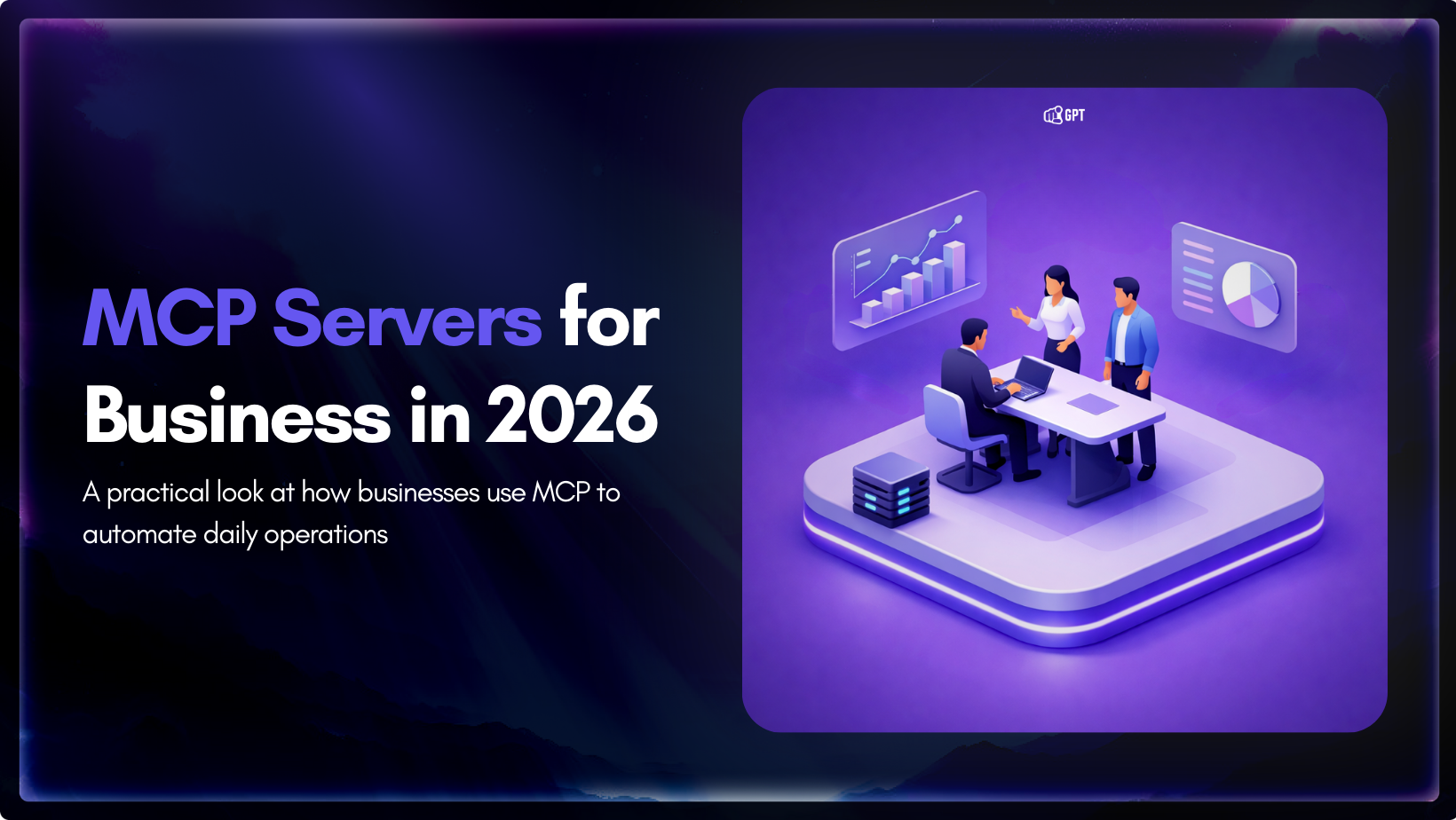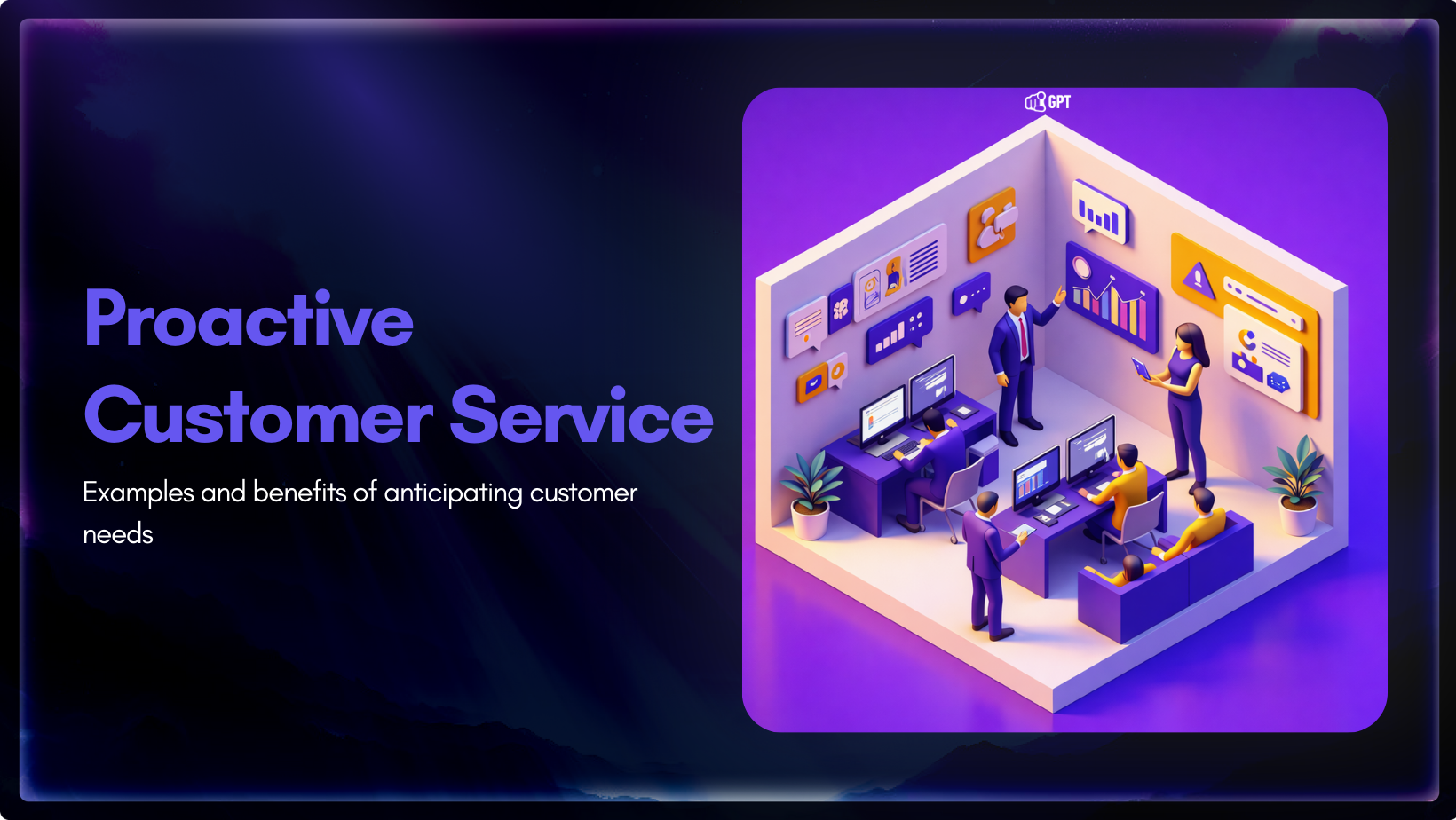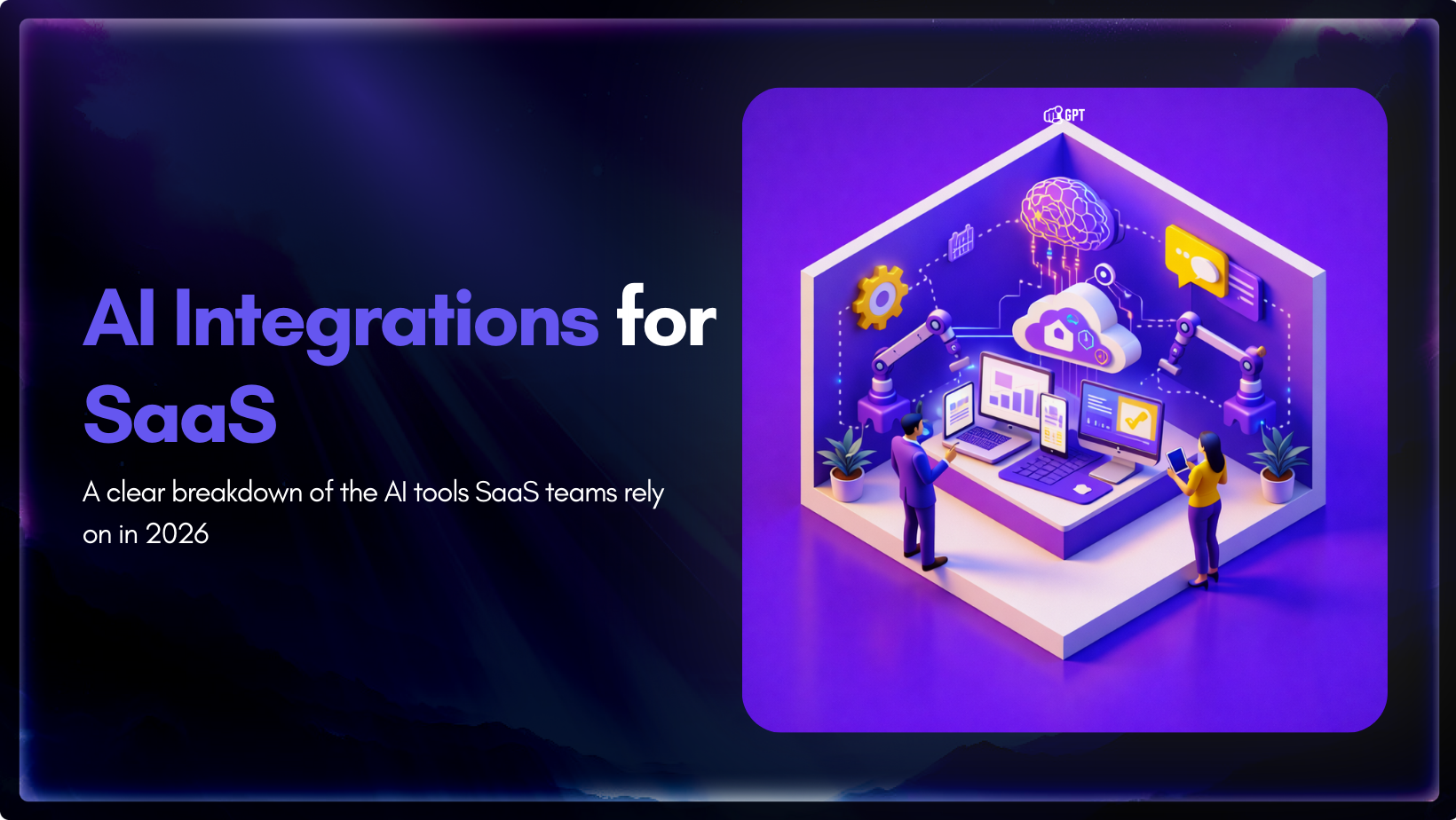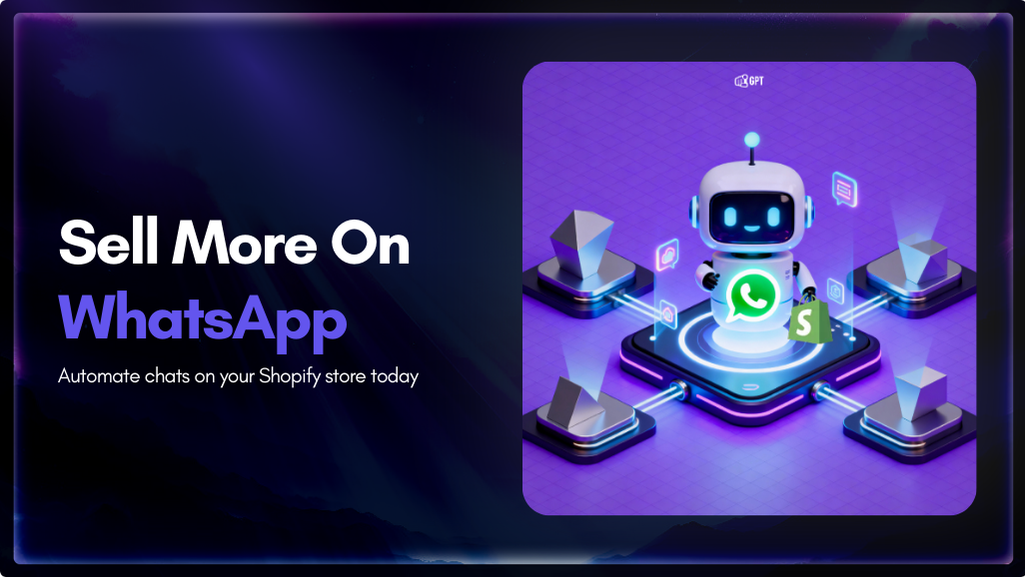Is Your Customer Help Center Actually Serving Its Purpose?


A well-optimized customer help center enhances customer satisfaction and reduces support costs. It acts as a crucial resource where customers find solutions, leading to fewer support inquiries and improved efficiency.
However, many help centers fall short. They may have outdated content, difficult navigation, or lack integration with other channels, resulting in frustrated customers and overwhelmed support teams.
In this article, we will cover important factors that impact your help center’s effectiveness. These tips will enhance your help center’s performance and provide greater value to customers.

A customer help center, or support portal, is a centralized hub designed to assist customers in finding solutions to their problems and answering their questions. Its primary purpose is to empower users to self-serve, reducing reliance on direct support from agents.
A well-structured help center enhances customer experience, improves support efficiency, and helps businesses maintain a positive relationship with their clients.
When assessing your help center, start by asking these questions:

Speed and User Interface is the two most important things in customer support. If customers cannot find the information they seek within a few clicks, they may become frustrated and look elsewhere.

A help center must evolve along with your business. Therefore, article management should be straightforward for your team.
When your team can create and update articles efficiently, your help center remains fresh and valuable.
In today’s digital landscape, your help center should function seamlessly across all customer touchpoints, from your website to live chat.

Your help centre should enable consumers to self-serve, allowing up your support team to focus on important tasks.
When executed effectively, a help center significantly reduces the volume of support tickets, giving your team the space to provide exceptional service on matters that truly need attention.
Now that you’ve optimized your help center’s functions, let us focus on how to other important metrics.

Providing self-service options is beneficial, but how can you determine if your customer service Help center is successful? Here are key metrics to consider:

To make your help center better, check out these simple strategies:
Using these strategies will help make your help center more effective and user-friendly.
A customer help center is a centralized support portal that allows customers to find solutions and answers independently. It enhances customer satisfaction by providing quick access to information and reduces support costs by minimizing direct inquiries to support teams.
An effective help center includes:
To ensure quick information retrieval:
Key metrics include:
Integration ensures a seamless customer experience across all touchpoints:
Continuous improvement can be achieved through:
To create a helpful customer help center, focus on making it easy to use and keep it up to date. Regularly change the content based on what customers say. This helps customers find answers on their own and reduces the need to contact support.
Using tools like AI search can make finding information even easier. When customers can quickly get the help they need, they feel happier and need less assistance from support teams. This allows support staff to handle trickier issues more efficiently.
Investing in a good customer help center is worth it. It encourages customers to help themselves, saves money, and keeps them engaged. By making the help center a key part of your support strategy, you can improve customer interactions and improve operations.
Join thousands of businesses transforming customer interactions with YourGPT AI
No credit card required • 7 days access • Limited time offer

Growth-focused teams move faster when their tools work together instead of competing for attention. Modern development depends on multiple systems to ship code, review changes, monitor services, and access data. Each system serves a purpose, but routine work often means moving between dashboards, scripts, and internal tools. These small transitions shape how consistently a team […]


Most customer service moments begin long before a ticket is created. Something feels off. A payment does not go through. A delivery update stops moving. A user gets stuck at the same step and tries again. Customers usually pause, check, retry, and wait before they decide to ask for help. Proactive customer service works inside […]


AI has become a core part of how modern SaaS products are built and delivered. In 2026, customers expect intelligent assistance to be available throughout their journey, from onboarding and everyday product usage to support and account management. Inside SaaS teams, AI is increasingly used to speed up workflows, reduce repetitive tasks, and improve how […]


Shopify stores often use a chatbot on their website to handle product questions, order updates, and support. But customers also message on WhatsApp expecting the same quick answers. Most of them already use WhatsApp throughout the day, so reaching out there feels natural. A chatbot that works across both channels responds in seconds, guides purchase […]


Most businesses do not struggle to generate leads. They struggle to know which ones are worth acting on. Forms get filled, DMs arrive, emails are opened, and chats happen across multiple tools. Some prospects convert. Most do not. The real problem is that there is no reliable way to tell, early enough, which signals actually […]


Artificial Intelligence has advanced quickly over the past five years, moving from an experiment to a standard component of modern business. AI has become a central part of enterprise strategy. 88% of organizations are now using AI. This figure has increased from 78% the year before. This transformation is reshaping how companies run, communicate, and […]
